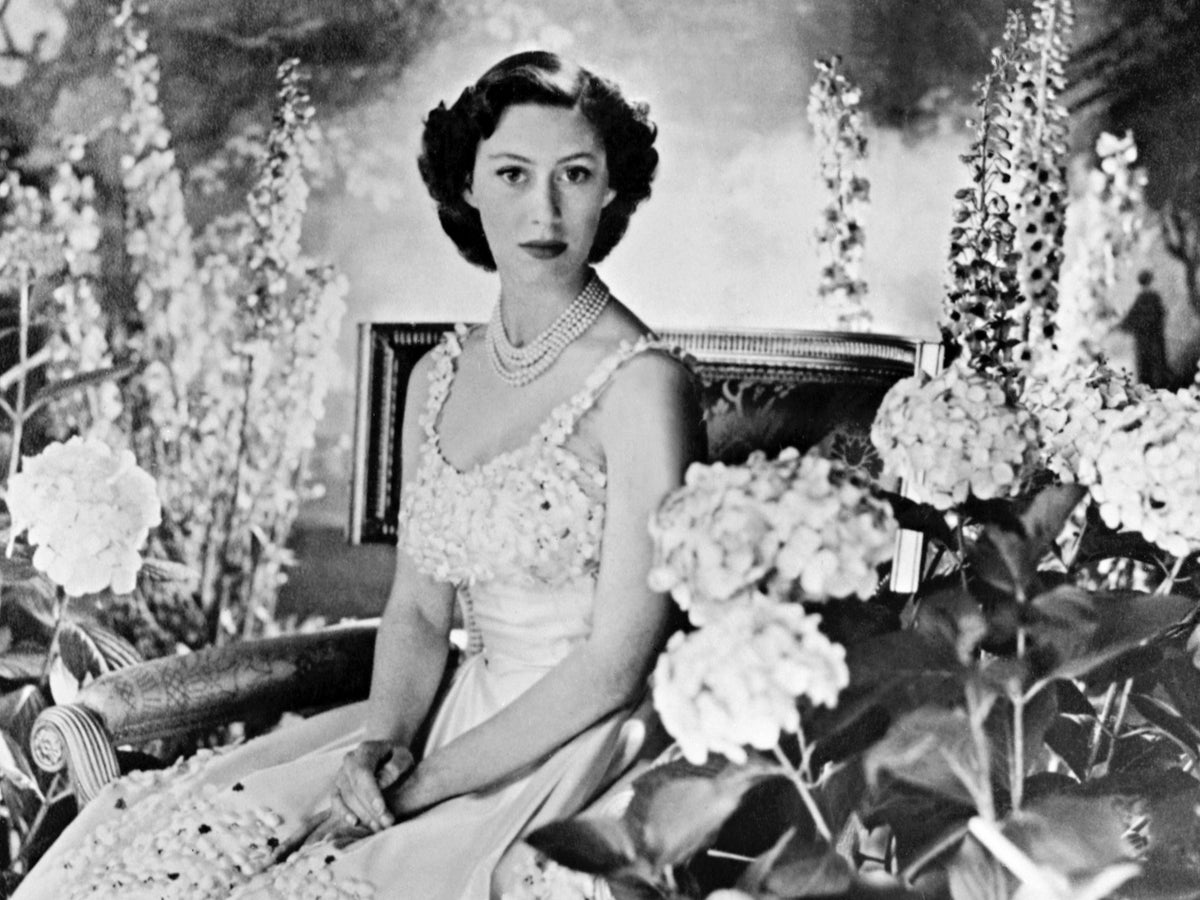
The study of astrology and the information celestial events and movements can allegedly foretell about our daily lives has been around long before millennials became interested in the alignment of the stars at the moments of their births and what it means to be a Scorpio.
However, modern horoscopes aren’t as ancient a practice as you may have thought, as they actually found their way into newspapers, and subsequently popular culture, around the 1930s, with the birth of Queen Elizabeth II’s younger sister, Princess Margaret.
According to The Washington Post, following Princess Margaret’s birth on 21 August 1930, John Gordon, the editor of the British newspaper the Sunday Express, wanted a unique story to go along with the royal birth, so he commissioned a celebrity astrologer.
The newspaper first reached out to William Warner, who was known as Cheiro, according to The Express, and who had reportedly read the palms and discerned the futures of notable individuals such as Oscar Wilde and Thomas Edison.
When Warner turned out to be unavailable, the newspaper instead asked one of his assistants, RH Naylor.
In Naylor’s column, titled: “What the Stars Foretell for the New Princess,” and published on 24 August 1930, three days after Princess Margaret’s birth, he hypothesised that the newest member of the royal family, who was a Leo, would have an “eventful life”.
Naylor also predicted that “events of tremendous importance to the royal family and the nation will come about near her seventh year,” which, despite being a year off, later came true when King Edward VIII abdicated the throne of England to marry Wallis Simpson in 1936 when Princess Margaret was six years old.
The abdication meant that Princess Margaret’s father George VI became king, and her elder sister became the heir to the throne, making her the younger sister of the future queen.
Even before Naylor’s prediction became true, the column proved to be immensely popular with readers, who requested that the astrologer provide more forecasts.
His success as an astrologer grew when, in October of that year, he wrote that “a British aircraft [would] be in danger between Oct 8 and 15”. While the dates were again slightly off, on 5 October, a passenger airship R101 crashed in France and killed 48 people.
As a result, Naylor was hired by the newspaper to write two weekly columns, with one dedicated to predicting world events and one focused on predictions for that week’s birthdays, according to Oprah Magazine.
Naylor eventually changed his weekly forecasts, which he published under the column he’d named “Your Stars,” to predictions for each of the 12 star signs rather than birthdays.
While Time notes that the 12 star signs of the zodiac were first created in ancient Greece, when the signs were divided up and named after constellations based on their “apparent relationship between their placement in the sky and the sun” throughout the year, Naylor was reportedly the one who assigned personality traits to these signs.
Naylor’s column continued to prove so popular among readers that eventually most other newspapers hired astrologers to write weekly horoscope predictions as well, forever changing the way that individuals access and interpret their zodiac signs.
Decades later, many people continue to look to astrologers and their predictions based on the pseudoscience for weekly or daily guidance.







